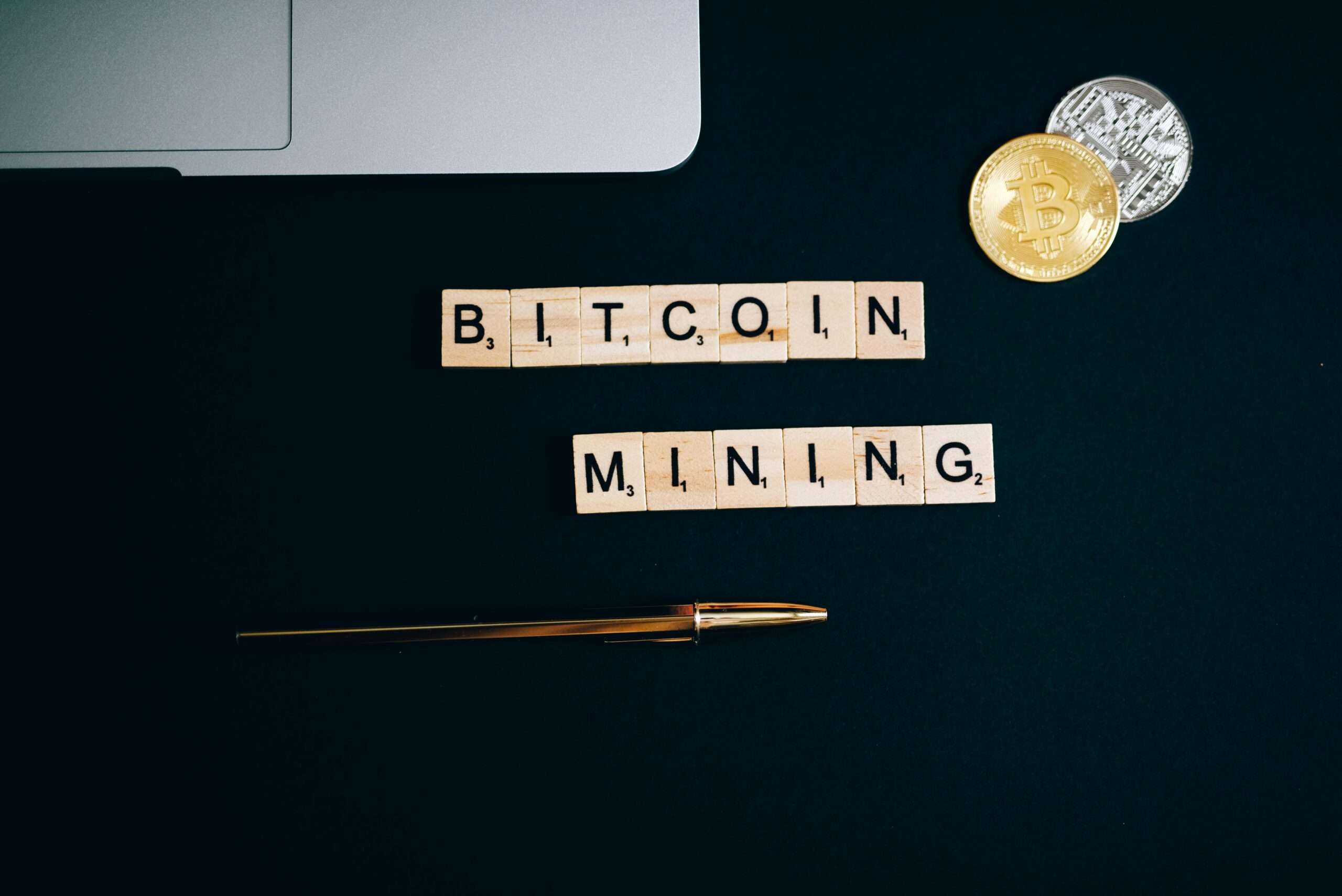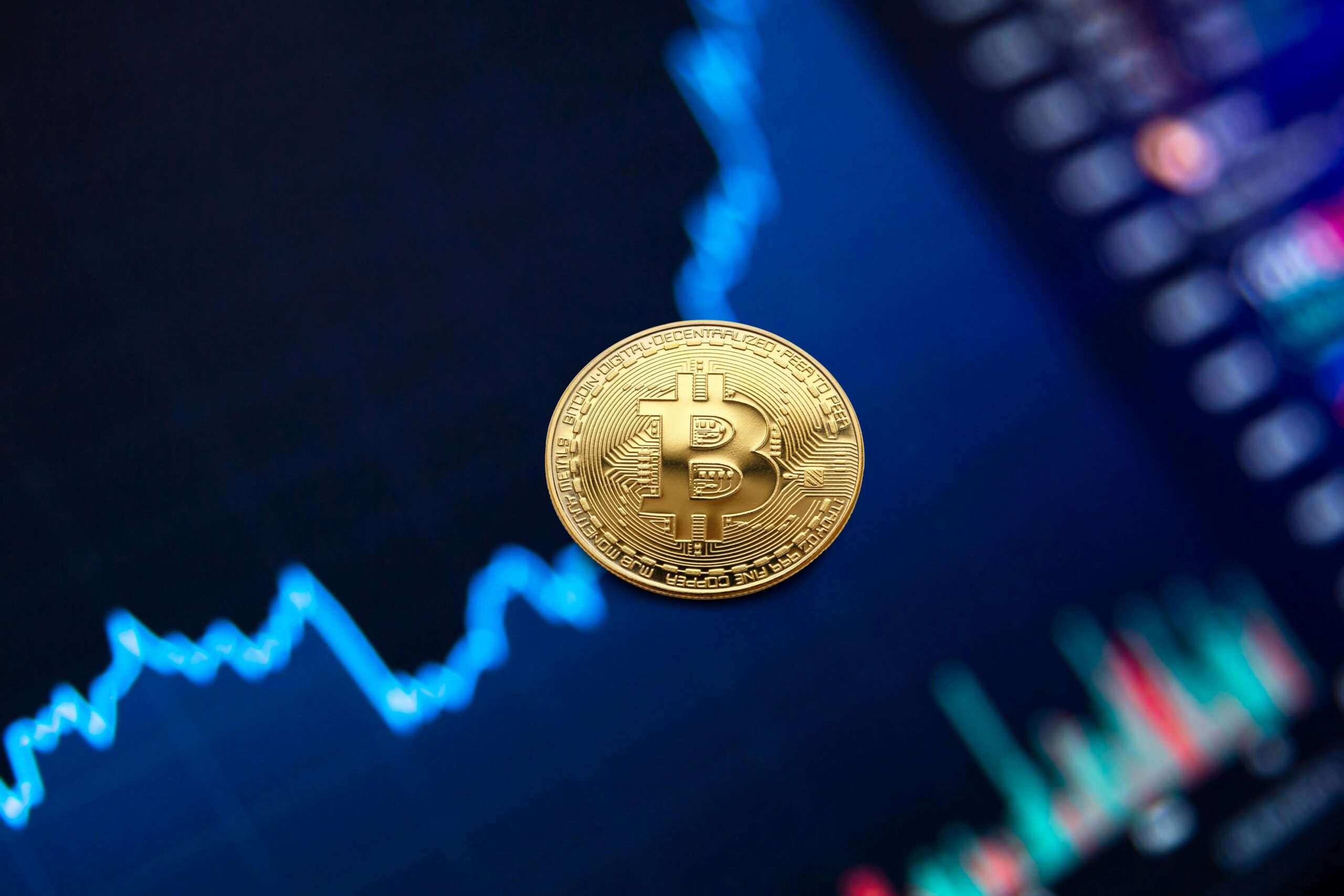
Virtual currency Bitcoin requires mining to stay active and powerful. Bitcoin mining is a network-wide competition to find a cryptographic solution that meets the criteria. First-place miners receive Bitcoin and work fees for correct solutions.
This reward mechanism continues until 21 million bitcoins circulate. After that number, Bitcoin miners will be paid for their efforts instead of Bitcoin rewards.
How does Bitcoin mining work?
A basic example can explain this method. Tell friends to predict a number between 1 and 100. Your pals merely have to predict a number less than or equal to yours first. If a friend guesses 21, 55, or 83 instead of 19, they lose because they all guessed greater than 19. They guess again, this time 16, 41, and 67. The first person to estimate 16 wins because they guessed a number under 19.
Your number, 19, symbolizes the Bitcoin network’s block target hash and your friends’ random guesses are miners’ guesses.
Bitcoin mining is the same but bigger. Transactions are verified and secured using cryptography, encryption, distributed computing, and technology. Here are the key concepts that make mining successful,
The Hash
Bitcoin mining relies on a value called the hash. A block’s information is hashed using the SHA256 method to produce a 64-digit hexadecimal number. Pasting information into an online SHA256 hash generator generates a hash in less than a second. Bitcoin uses this encryption to create block hashes. Modern hardware can take eons to decipher a 64-digit hash to the material you pasted.
Also read: Hash in mining, detailed.
The Mining

The Bitcoin mining program generates a hash and adds a nonce, or “number used once.” Miners always start this number at zero. For every attempt, the nonce is 0, then 1, 2, 3, etc. If the miner’s hash and nonce exceed the network’s desired hash, the attempt fails and the miner attempts again.
Every network miner does this until a hash and nonce lower than the target hash are found. The first person to attain that goal adds their block to the chain, receives the reward and fees, and opens a new block. Once the block is full (approximately 1 megabyte), it is closed, encrypted, and mined.
Thousands of machines mine Bitcoin 24/7. They compete because the first to solve the riddle gets the mining reward. Miners created pools to obtain computational power to win this competition.
Further read: how bitcoin is affecting the stock market
Economics of Bitcoin Mining
Bitcoin mining is a business. The investment in its inputs determines its bitcoin profits.
There are three main Bitcoin mining costs:
Electricity
This power powers your mining systems 24/7. Mining can be costly. When the network-wide procedure uses as much electricity as other countries, charges can be considerable. Consider cooling costs for your mining system’s location. While mining, they generate a lot of heat—the more units, the more heat. The air conditioning needed to cool these rigs can also be expensive.
A mining system Unlike popular belief, desktop computers and gaming systems can mine by joining a mining pool. Most pools split payouts based on miner work, limiting profits.
Mining systems
These systems cannot compete with ASIC mining rigs, but they can save a few hundred dollars after electricity costs. Buying many ASIC miners and joining a pool can cost you $4,000 to $12,000 per rig to compete. You’ll pay more for speedier mining.
Network Infrastructure
Latency affects Bitcoin mining more than network speeds. Latency is network communication time. Additionally, mining farms need many internal connections to connect each mining machine to a main router or server with an internet connection. However, mining and joining a pool on your gaming machine shouldn’t require extra bandwidth—just minimal latency.
To profit from your company, these three inputs must cost less than the output—bitcoin’s price. Given bitcoin’s volatile and rising price, minting your own cryptocurrency may seem appealing. However, Bitcoin mining is economically difficult, so you may have to accept a lower income and a longer period to break even after buying equipment to participate in the lottery.
The Bottom Line
Energy-intensive bitcoin mining involves mining hardware and software competing to solve cryptographic problems. Bitcoin mining verifies network transactions. Bitcoin is awarded to winners as an incentive to participate.
In the early days of Bitcoin, PC miners played a role, but now major mining organizations run mining pools across several geographies. Bitcoin mining is contentious since it requires so much electricity.
Also Read: The future of digital payments
Frequently Asked Questions
What is data mining?
It is the process in which a large batch of data is analyzed and searched to identify patterns and get useful information
What are the stages of Data mining?
The major 4 stages include: (1) data acquisition; (2) data cleaning, preparation, and transformation; (3) data analysis, modeling, classification, and forecasting; and (4) reports.
Why do do we call it mining?
It is called mining because, in the process, the data is extracted and patterns are analyzed.



